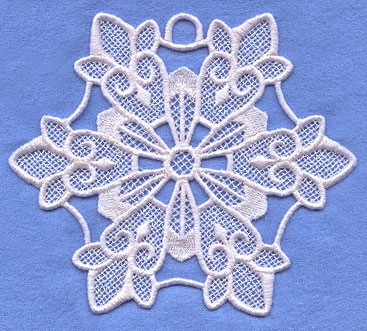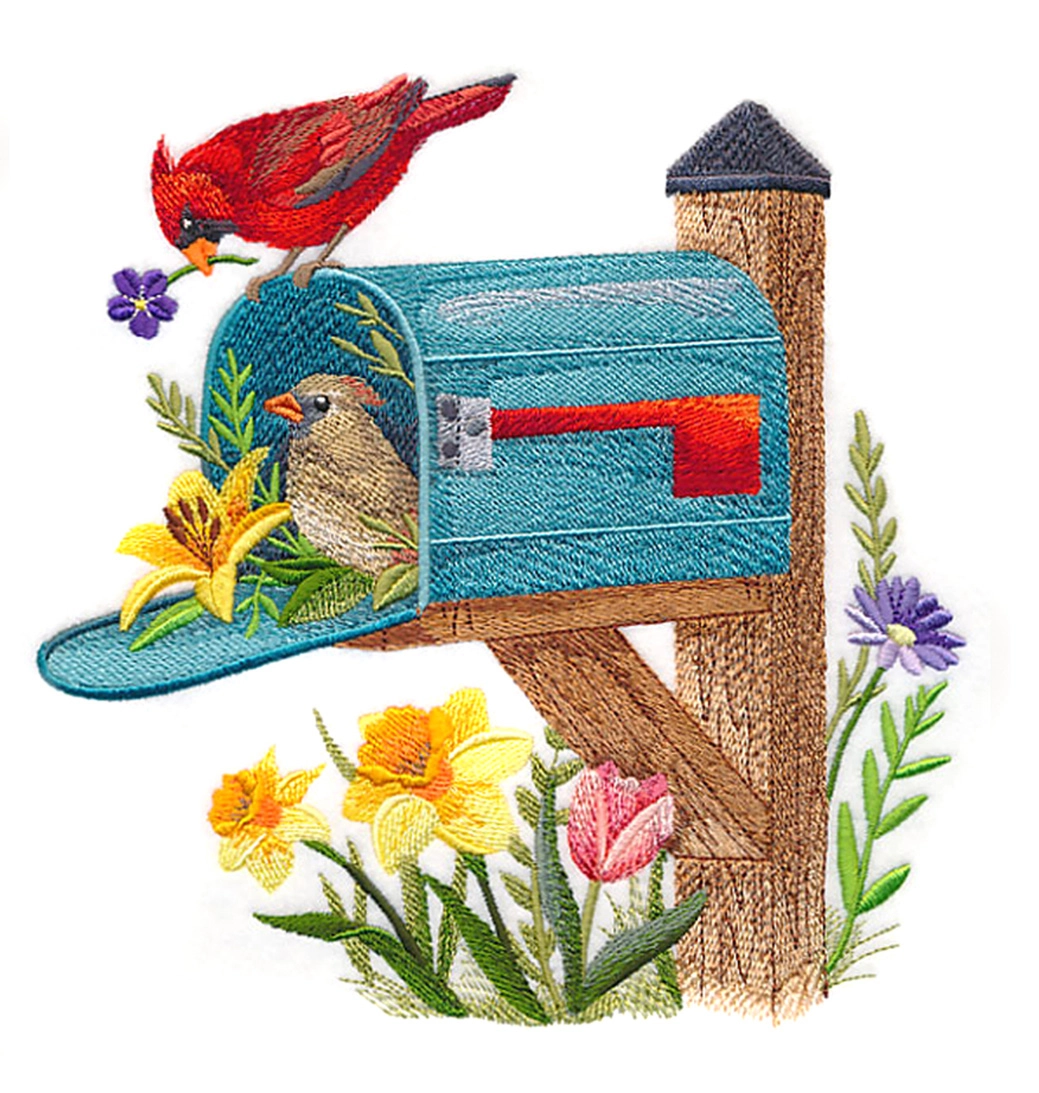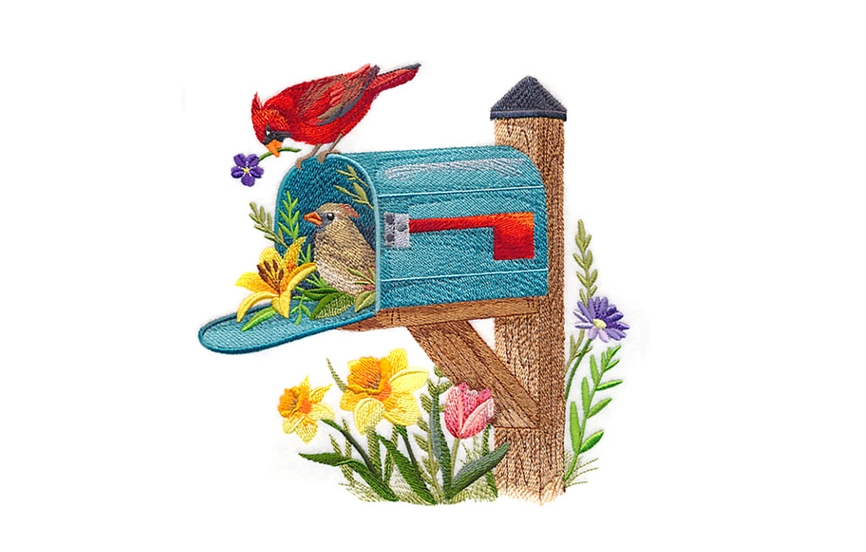Metallic thread is a great way to add sparkle and shimmer to your embroidery projects, but it can be a little tricky to work with. Avoid any 'threadaches' such as nesting, knotting, or thread breaks with these helpful tips and tricks.
Designs Used
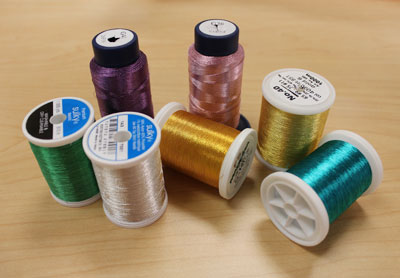
Metallic thread is thinner than rayon or polyester and has a stretchier core, which makes it a little temperamental to work with.
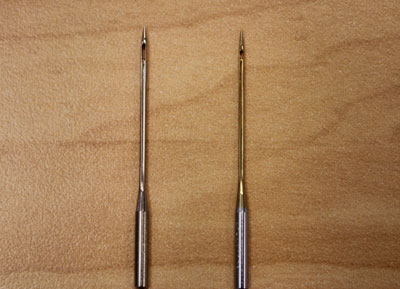
Embroidering with metallic thread requires special needles. These types of needles have a larger eye, which reduces friction as the thread passes through.
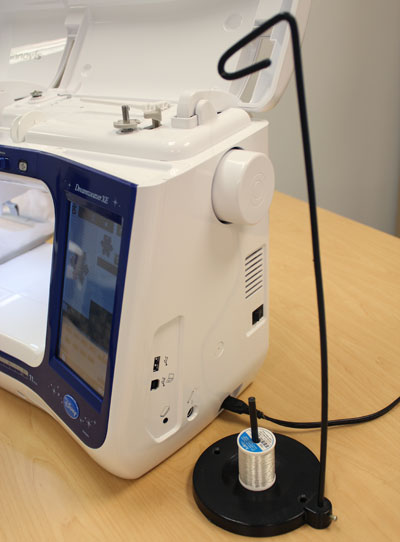
When embroidering with metallic thread, let the thread relax before it goes through the tension disks. A thread stand is one great tool to help relax the thread.
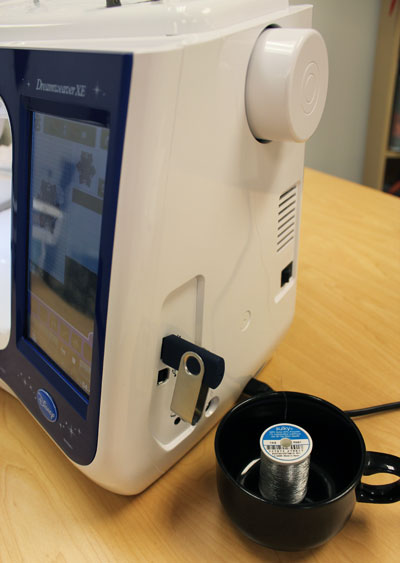
Another way to relax metallic thread is to place the spool in a coffee cup near your machine. The cup allows the thread to unspool and relax, reducing and eliminating thread breaks.
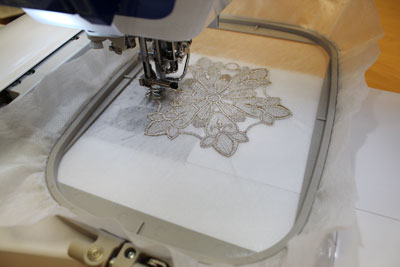
Metallic thread is especially nice in freestanding lace designs. In this example, metallic thread is used in both the top and in the bobbin.
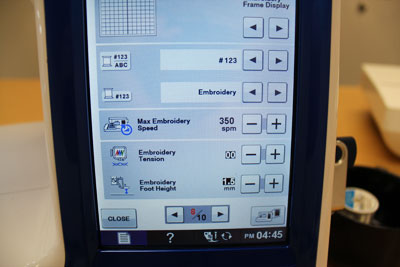
Most embroidery machines allow changes to the stitching speed. Slow the speed to 350-400 stitches per minute. That reduces friction and thread breaks.
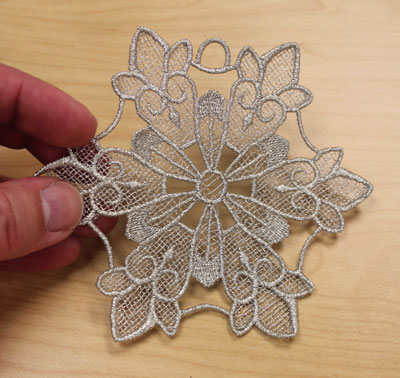
By following the above tips -- using a special needle, letting the thread relax, and slowing the machine speed -- any thread breaks should be greatly reduced, and ideally, eliminated.
This freestanding lace snowflake uses over 25,000 stitches and there wasn't a single thread break.
If after using all of the above tips you still experience frequent thread breaks, check the thread path to make sure there aren't any bits of thread stuck there. Check the bobbin area for debris. Feel the spool's caps to make sure there aren't any rough areas. Finally, adjust the bobbin and top thread tension to achieve better results.
